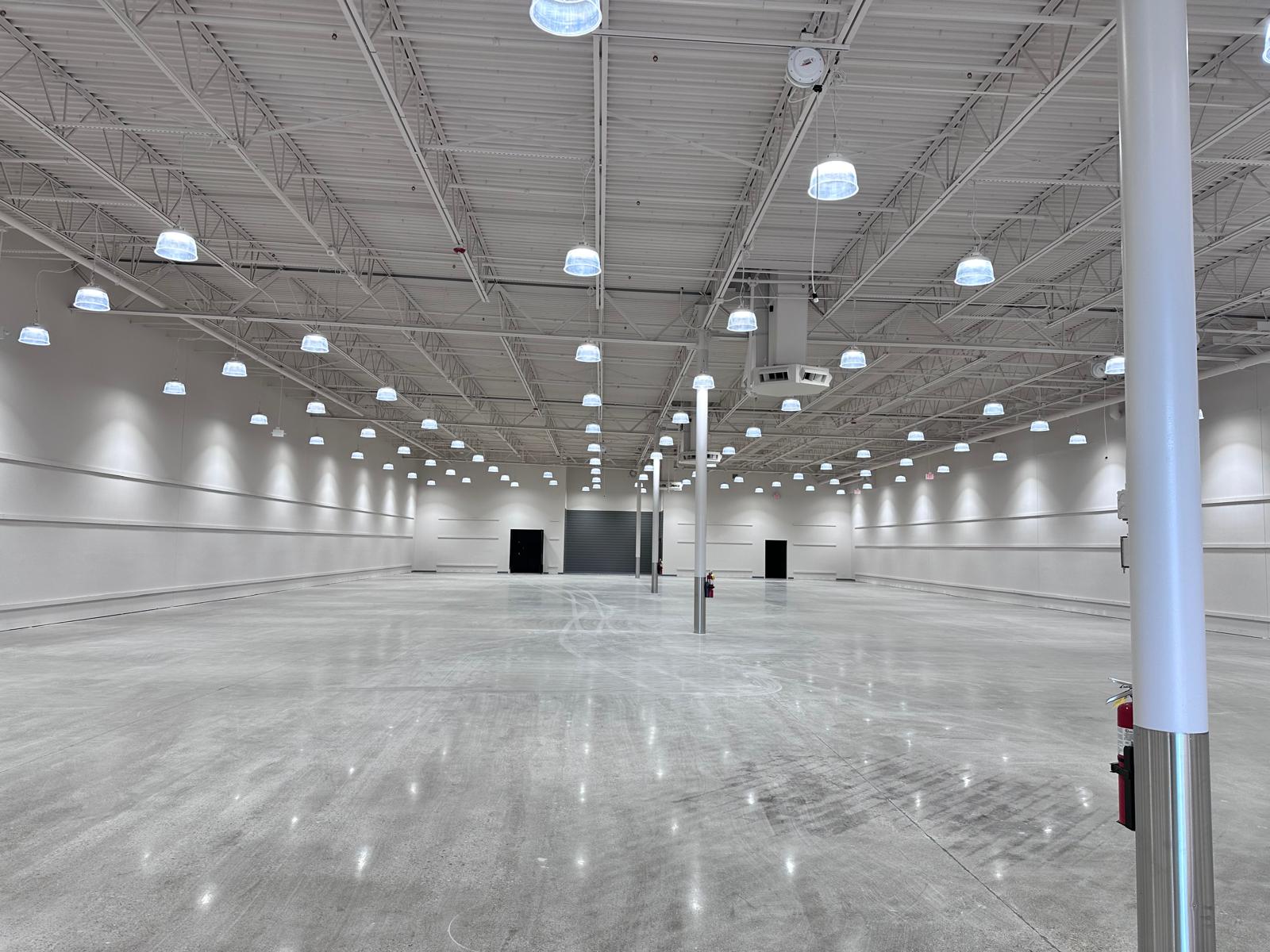
When you’re considering concrete floor polishing, timing can make a significant difference in the outcome. You’ll want to think about seasonal weather conditions, especially during spring or fall, which can provide the best curing environment.
Additionally, the timing of your renovation projects plays a crucial role. But what about the current market trends?
Understanding these factors could greatly influence your decision and investment. Let’s explore the details further.
Seasonal Considerations for Concrete Floor Polishing
Timing matters when it comes to concrete polishing. Seasonal weather changes can directly impact how well the polishing process works and how long your results last.
Ideal Seasons: Spring and Fall
Spring and autumn are generally the best times to carry out concrete polishing due to their moderate conditions.
- Stable Temperatures: Mild weather helps materials cure properly, improving adhesion and finish.
- Less Extreme Conditions: Avoids the complications caused by summer heat or winter chill.
- Better Workability: Polishing crews can work more efficiently and safely in comfortable temperatures.
Choosing these seasons helps ensure a smoother process and better results.
Challenges with Summer and Winter
Extreme seasonal conditions can compromise your project if not properly managed.
- High Heat (Summer): Causes rapid drying, which can lead to surface cracking or uneven curing.
- Cold Weather (Winter): Slows down curing, increases moisture retention, and can affect equipment performance.
- Humidity Issues:
- High humidity delays drying times and may impact the final gloss.
- Low humidity can cause materials to evaporate too quickly, affecting the finish.
Best Practices for Seasonal Planning
To get the most out of your concrete polishing project, consider the following:
- Monitor the forecast: Aim for a week of consistent, mild weather.
- Work indoors when possible: This offers more control over temperature and humidity.
- Consult professionals: Contractors can advise on how to adjust techniques or materials based on seasonal conditions.
By planning with the seasons in mind, you’ll not only avoid common pitfalls but also ensure a high-quality, long-lasting polished concrete floor.
Timing During Renovations and Remodeling Projects
Planning the right time for concrete floor polishing during a renovation is key to achieving a flawless result. Proper timing helps protect your investment and ensures a polished surface that enhances the final look of your space.
Schedule Polishing After Major Work
Avoid polishing too early in your project timeline.
- Post-Construction: Wait until all heavy construction tasks—like framing, drywall, and painting—are completed.
- Reduce Risk of Damage: Prevent scratches, stains, or chips caused by other trades or tools.
- Cleaner Surface: Minimizes dust or debris getting trapped in the polish.
This timing ensures your polished concrete remains intact and pristine.
Account for Drying and Curing Times
Drying times for other materials can impact when you should polish.
- Adhesives and Sealants: Allow full curing of any products used before polishing.
- Moisture Levels: Ensure the concrete is dry to prevent issues with polish adhesion or finish.
- Schedule Gaps: Build in extra time between steps to avoid rushed transitions.
Proper preparation leads to better polishing results.
Polish Before Moving in Furniture
The final step should come just before furnishing your space.
- Avoid Scuffs and Dents: Moving heavy items across unprotected floors can ruin the finish.
- Ensure Full Access: Open, empty spaces allow for even coverage and easier equipment use.
- Highlight Aesthetics: A freshly polished floor gives the entire renovation a polished, finished feel.
By timing polishing at the right stage, you’ll improve both the appearance and longevity of your concrete floors.
Market Trends and Economic Factors Affecting Your Decision
Understanding the broader economic landscape can help you make a smarter, more cost-effective decision when investing in polished concrete flooring. Market activity, pricing trends, and seasonal demand all play a role.
Economic Conditions Influence Demand and Pricing
The state of the economy can directly affect project costs and availability.
- Boom Periods: Higher demand during economic growth may raise prices for materials and labor.
- Slowdowns: Economic downturns can lead to more competitive pricing and contractor availability.
- Budget Planning: Aligning your project with favorable conditions can improve ROI.
Choosing the right economic window can help stretch your budget further.
Material and Labor Costs Matter
Monitoring pricing trends ensures you’re not overpaying.
- Material Prices: Cement, aggregate, and polishing agents may fluctuate with supply chain issues or inflation.
- Labor Rates: Contractor fees may rise with demand or drop in slower seasons.
- Long-Term Savings: Polished concrete’s durability offers excellent value even if upfront costs vary.
Staying informed helps you lock in the best pricing.
Seasonal Trends Drive Project Timing
Timing your project with seasonal shifts can maximize efficiency.
- Peak Seasons: Spring and summer are busier and may involve longer wait times.
- Off-Peak Opportunities: Fall and winter might offer lower rates and quicker scheduling.
- Weather Considerations: Stable conditions support better curing and finish quality.
Strategic timing helps you get more value from your investment in polished concrete.
